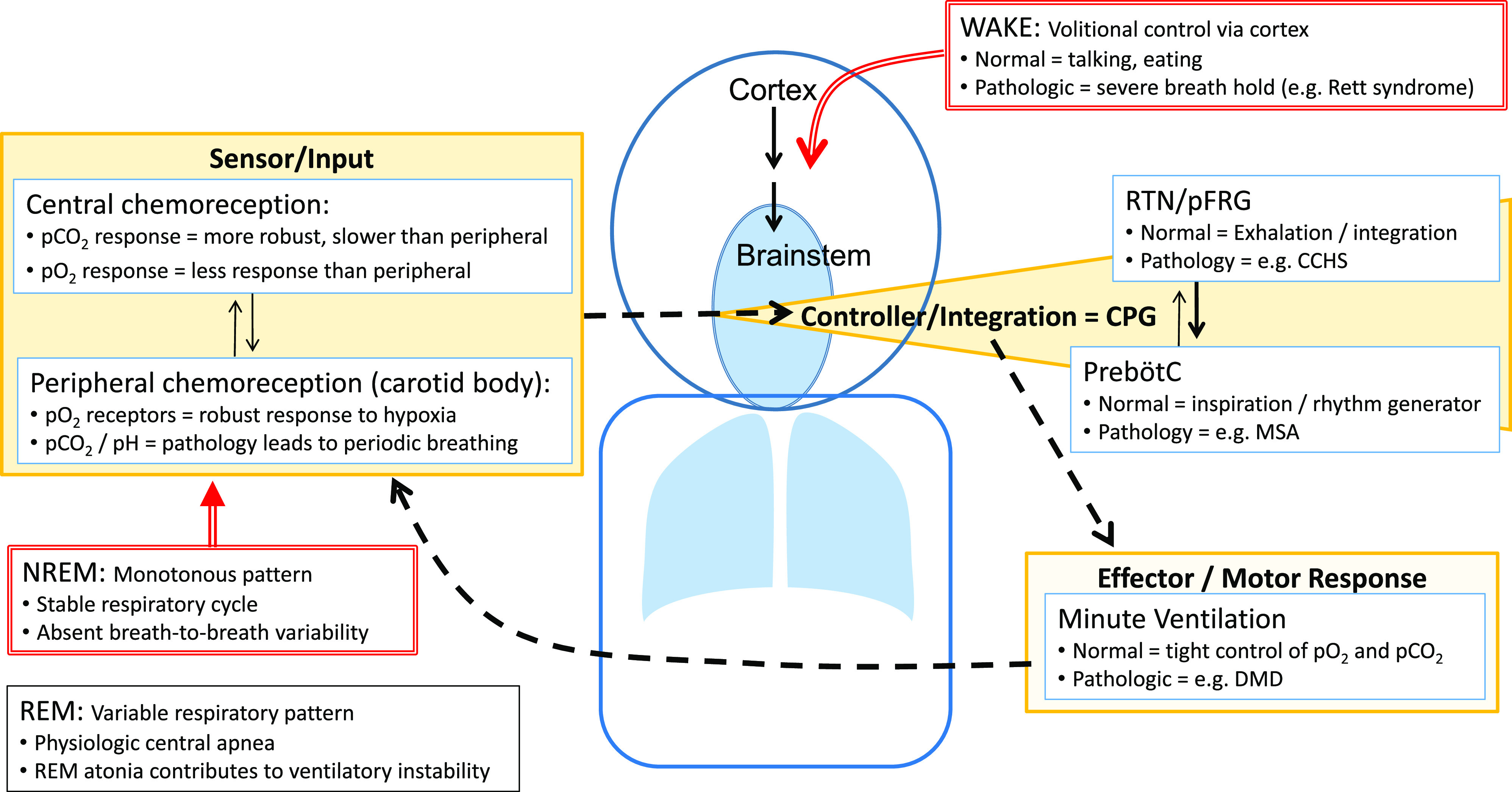Figure 1. Simplified pathway for respiratory control.

In the midbrain, the pre-Bötzinger complex is considered the pacemaker responsible for rhythm generation (setting breathing frequency) and a proposed pattern generator is responsible for the respiratory cycle (duration of breath and tidal volume); together, this is referred to as the CPG. Input to the CPG comes from central chemoreceptors (in response to hypercarbia), peripheral chemoreceptors (in response to hypoxia), and other peripheral sensory receptors. The integration of this input also occurs at multiple levels. The output then drives the motor response that manifests as minute ventilation (alveolar ventilation). To further fine-tune control of breathing, multiple feedback loops are simultaneously in play, of which some are well established (chemoreflex or loop gain) and others are yet to be defined. During wakefulness, simplistically, volitional control of breathing can override CPG to allow for speaking and eating (although, in normal conditions, also maintaining appropriate gas exchange). During NREM sleep, breathing drive is predominantly influenced by chemoreception and absent behavioral influences, resulting in a stable (monotonous) respiratory pattern. CCHS = congenital central hypoventilation syndrome; CPG = central pattern generator; DMD = Duchenne muscular dystrophy; MSA = multiple system atrophy; NREM = non–rapid eye movement; pCO2 = partial pressure of carbon dioxide; pFRG = parafacial respiratory group; pO2 = partial pressure of oxygen; PreBötzC = pre-Bötzinger complex; REM = rapid eye movement; RTN = retrotrapezoid nucleus.
